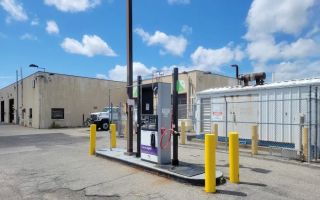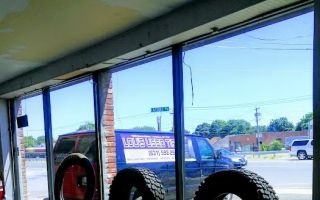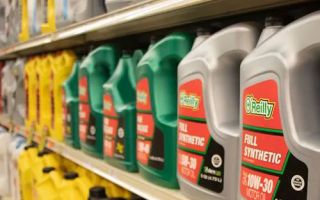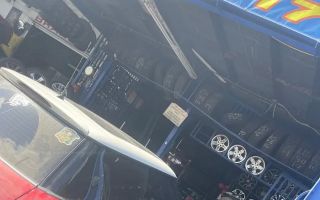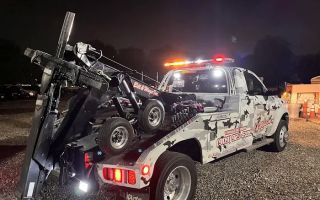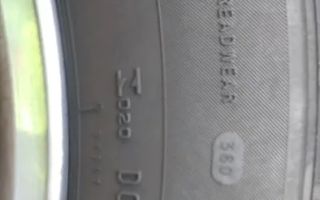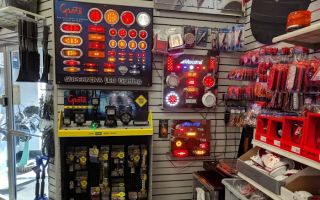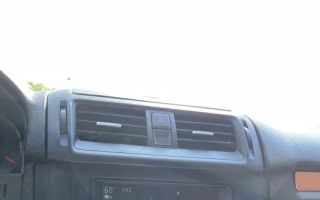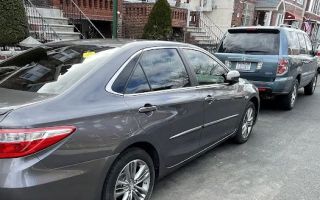- React Fast: The First Moments After a Car Fire
- Key Safety Measures to Follow During a Car Fire
- Post-Fire Actions: What Happens After the Fire is Out
- Recommended Products and Services from Rescue & Towing
What to Do if Your Car Catches Fire While Driving: Step-by-Step Guide
Published on May 12, 2025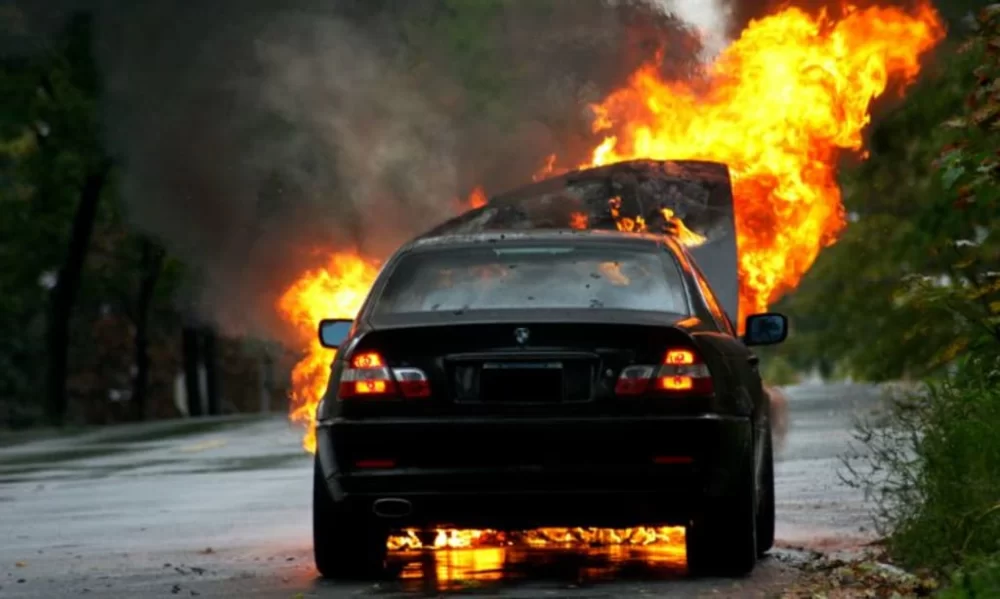
Auto Repair Shops Near Me
Recommended
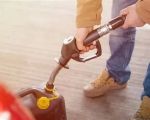
Why You Should Keep a Spare Gas Can (Safely Stored) in Your Trunk
Learn why keeping a spare gas can in your trunk is a smart choice for emergency preparedness. Discover the benefits of safe gas can storage and how it can save you in a pinch.
Dec 23, 2025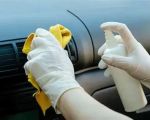
How to Deal With Mold or Mildew Smell in a Car — Causes & Deep-Clean Solutions
Learn how to deal with mold and mildew smell in your car. Discover the causes, cleaning methods, and preventative measures to keep your car fresh and odor-free.
Dec 22, 2025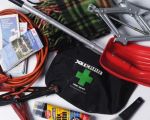
Best Winter Emergency Kit for Cold Breakdowns – Blankets, Tools, Fluids & Safety Items
Learn what to include in your winter emergency kit to stay safe during cold weather breakdowns. Blankets, tools, fluids, and safety items that every driver should have on hand.
Dec 22, 2025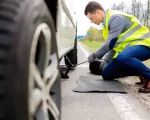
Understanding Roadside Service Fees — What’s Usually Covered (Towing, Flat Tire, Fuel, Lockout)
Learn what roadside service fees typically cover, including towing, flat tire assistance, fuel delivery, and lockout help. Find the right plan for your needs and ensure you’re prepared for unexpected situations on the road. Visit Rescue & Towing for more.
Dec 21, 2025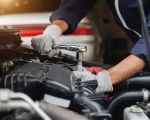
How to Decide Whether to Invest in Repairs or Replace Your Car — Safety, Cost, Reliability & Long-Term Value
Wondering whether to repair or replace your car? Explore key factors like safety, cost, reliability, and long-term value to make the right decision. Learn more about your options.
Dec 18, 2025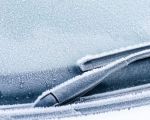
How to Winterize Your Wiper System — Avoid Frozen Wiper Fluid and Ice Build-Up
Learn how to winterize your wiper system and avoid issues like frozen wiper fluid and ice build-up. Discover expert tips for keeping your car’s wiper system working smoothly through the cold months.
Dec 17, 2025Related Categories
Popular

Emergency Vehicle Towing Guide for Miami: What You Need to Know
Jan 24, 2025
The Best All-Season Tires for Your Car in 2025: Top Picks for Every Driver
Mar 07, 2025
How Towing Services Can Help with Engine Overheating: Immediate Assistance When Your Engine Runs Hot
Jan 24, 2025
How to Safely Use Towing Services for Vehicles with Dead Batteries
Jan 24, 2025
Comprehensive Guide to Roadside Emergency Services: Towing, Car Rescue, and More
Feb 24, 2025
Flatbed Towing vs. Traditional Towing in Chicago: Which is Right for Your Vehicle?
Jan 22, 2025
Reliable Towing for Electric Vehicles in Madison: Your Trusted Roadside Assistance
Jan 24, 2025
What to Do After an Accident in San Francisco: A Step-by-Step Guide
Jan 22, 2025
Why You Should Always Carry Roadside Assistance Coverage: The Key Benefits and Importance
Jan 24, 2025

